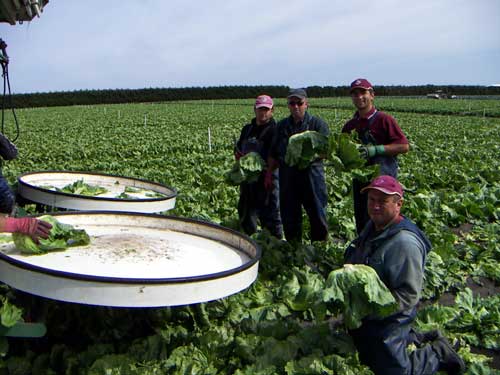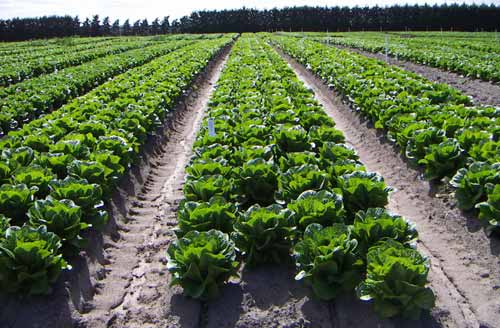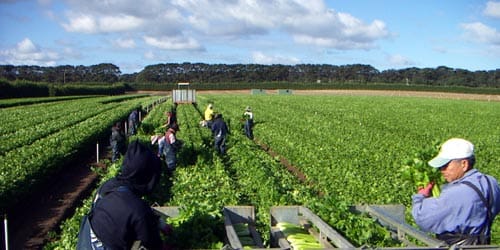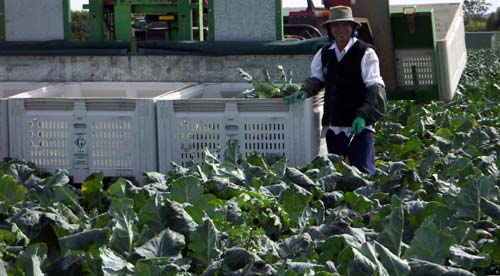|
|
If you eat, you should be interested in agriculture… Nearly 90% of Australians now live in cities and large towns and outsource the growing of food to farmers. Yet few know where or how their food is produced and the problems faced by farmers. Being distant from the farm gate and unaware of the food supply chain is risky because it assumes farmers will always be there to get the job done. This is the century of the environment and in coming decades, food – where and how it is produced, marketed, transported and consumed – will be a major global issue. Food will be in the spotlight as the looming global food crisis bites harder than the other GFC, with the world’s population forecast to grow from 6.8 billion now to more than nine billion by 2050. And the amount of arable land is static, if not shrinking.
Although the local food movement is gaining momentum, most column centimetres and razzle-dazzle around food in Australia are about cooking and eating, recipes and restaurants, with less attention paid to the origins of the key ingredients.
Australia has long been a net food exporter and it is a stretch to suggest we would go hungry. But from a global perspective there are big problems ahead. In 2008 there were riots in developing countries because of shortages of staple foods and rising prices. These supply-demand squeezes are certain to occur again in future, threatening global food security.
Farmland is being encroached by housing, lifestyle acreage, mining, forestry and conservation – adding to the urgency to cultivate a greater urban understanding of food sources and supply issues. There is a place for more writing about these challenges, and about why we should celebrate and enjoy the seasonality of foods, about harnessing new technologies, and about innovative conservation farming methods. The full article is available online at The Walkley Magazine, website. Jane Milburn is undertaking the Australian Rural Leadership Program and is sponsored by Rural Press Ltd. Source: Good Fruit and Vegetables – May 2010 |
|



